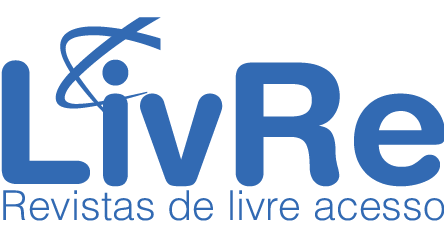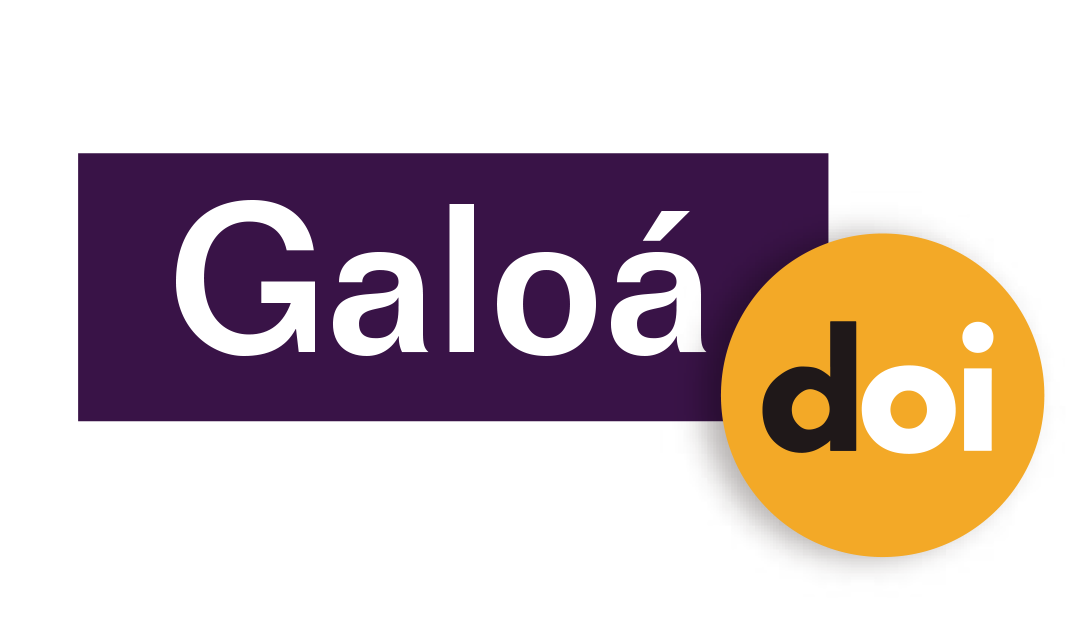Mathematical Reasoning Required when Students Seek the Original Graph from a Derivative Graph
Resumo
Background: Finding the original graph when given the derivative graph is not a trivial task for students, even though they are able to find the derivative graph when given the original graph. Objective: In the context of qualitative research, this paper presents and analyses the mathematical reasoning that comes to light when the students seek the original graph from a derivative graph. Design: The research is assigned as a qualitative study, where the analyses of cases aim to extend understanding with respect to some phenomena or theory. Setting and participants: The study was conducted with 86 students of State University in East Java. We conducted clinical interviews and present data highlighting the reasoning participants used when solving tasks. Data collection and analysis: Task-based interviews were used to collect data and data analysis was used to analyse interpretations of the graphs that emerged as mathematical reasoning models. Results: From our data analysis, we found three mathematical reasoning was rooted in students’ conscious of problem situations on graphs we provided, consists of direct reasoning, reversible reasoning, and synthesis of direct-reversible reasoning. Conclusions: From here we suggest that there are different mathematical reasoning in constructed the original graph due to the mental activity in which students use the relation between a function and its derivative. The future project continued this inquiry with rigorous single-subject students’ experiments.
Palavras-chave
Mathematical Reasoning; Calculus; Derivative Graph; Direct Reasoning; Reversible Reasoning
Texto completo:
PDF (English)DOI: https://doi.org/10.17648/acta.scientiae.5933
Apontamentos
Direitos autorais 2020 Muhammad Ikram

Esta obra está licenciada sob uma licença Creative Commons Atribuição 4.0 Internacional.
ANÚNCIOS
Informamos que, a partir de outubro de 2024, a revista Acta Scientia volta a aceitar submissões de artigos para publicação.
Mais, informamos que sites fraudulentos, https://periodicos-ulbrabr.org e https://periodicos-ulbrabra.org, estiveram se passando pela Acta Scientiae, utilizando nosso nome e identidade visual e até solicitado taxas de APC, que nós não cobramos. Aconselhamos cautela para evitar serem enganados por sites semelhantes.
Conceito A2 na Capes(2021)
Índice h5 do Google Scholar: 13
Índice mediana h5 do Google Scholar:24
eISSN: 2178-7727
Indexações:
A Acta Scientiae é indexada em: | Scopus |  | Latindex |  | Edubase (SBU/UNICAMP) |
 | Sumarios.org |  | Google Scholar |  | Portal LivRe (CNEM) |
 | Journals for Free |  | REDIB |  | Galoá DOI |

Todos os trabalhos publicados aqui estão sob uma licença Creative Commons - Atribuição 4.0 Internacional.
